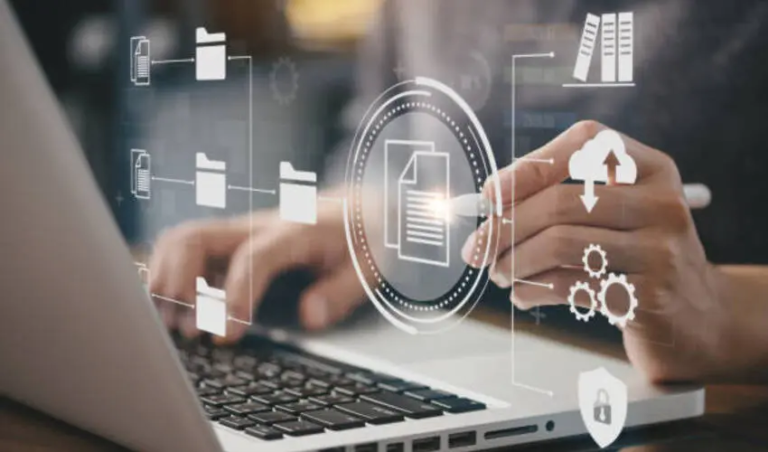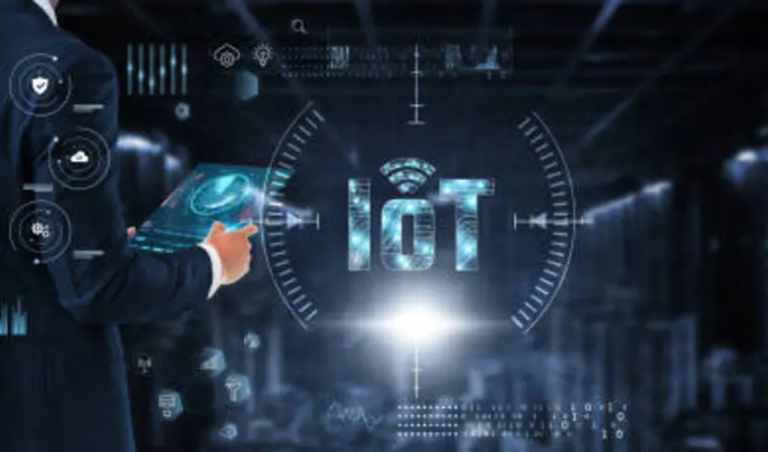Service development is an exciting area of work on the design and refinement of services to accommodate the ever-changing requirements of users. Service development differs from product development, which manufactures physical goods, in that it revolves around understanding user expectations and preferences since a service is being experienced rather than owned.
Introduction
Need comprehension and expectations by the users, while developing the Service. Insights of what the customers want will then help the service providers develop recalled and accomplished experiences. Such engagement and involvement of customers govern Service Development from other forms of development.
Determine what you want to achieve
The very first step is to determine what you want to do with the service development strategy. What problems or gaps do you want to address? What benefits or outcomes are you looking to deliver or increase? How would you measure success or progress against these goals? You could use SMART (specific, measurable, achievable, relevant, and time-bound) goals or OKRs (objectives and key results) to set a clear and realistic target for your service development projects.
Know Your Customers
Research and analyze your customers on the basis of their needs, preferences, and behaviors. You can do this through surveys, interviews, focus groups, feedback forms, or customer journey mapping. You can put them into personas, segments, or profiles based on attributes that might determine their motivation or pain points. Know what may be valuable or important for your customers, what they expect, and how they are really going through your services.
Design your services
The third step is to continue evolving or enhancing your services based on the goals you set and the insights you unveil from customers. Techniques include brainstorming, prototyping, testing, or co-creation for idea generation and refinement for services. Frameworks like service blueprints, service design thinking, or service innovation are useful for structuring and visualizing the service development process. This service design aims to produce worthwhile, usable, desirable, feasible, and viable services for customers and the organization.
Deliver your services
The fourth step is to establish and manage your services based on your design and quality standards. Service level agreements, service catalogs, and service operations models are examples of tools that can be used to define and communicate service scope, features, and performance. Service transition, service operations, or service recovery can ensure services get delivered effectively and consistently. The principle is to consider that good services are those that meet or exceed customer expectations and satisfaction.
Evaluation of Services
The fifth step involves monitoring and reviewing your services with respect to their attaining goals and performing for customers. Metrics such as service quality, service value, or service loyalty may be used in measuring and reporting the results and outcomes of your developed services. Other methods include service audits, service reviews, or service improvement plans to analyze and improve the strengths and weaknesses of your services. The purpose is to discover services which are effective, efficient, and adaptable for your customers and the organization.
Learn and Improve
The last step involves learning from your service development experience and applying your insights and feedback to the improvement of your service development strategy. Models such as the PDCA (plan-do-check-act) cycle, the learning loop, or the growth mindset can be used in embedding a culture of continuous learning and improvement in your service development team. You can also use sources such as best practices, case studies, or benchmarks to learn from other examples and trends in service development. The aim is to make your skills, knowledge, and performance in service development more relevant, sound, and effective for your customers and your organization.
Conclusion
Service development involves new care and improvement of the already existing ones. In the case of this study, a fracture liaison service has been highlighted as a service development effort that will help reduce fractures.
Frequently Asked Questions (FAQs)
What is service development?
Service development includes establishing new services or enhancement of existing services towards improving care delivery, as has been seen regarding reducing fractures through a fracture liaison service.
What are the 5 phases of service development?
A new service development process is established in four phases: the initial idea, project formation, design, and implementation. Production of the service occurs in the customer process, where the customer, the company, and subcontractors are actors.
What are the 3 Ps of service?
Patience, professionalism, and having people come first are the three main qualities of customer service.
Diginatives offers top-notch software development services. If you want similar services please contact us.






